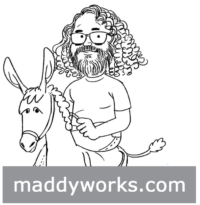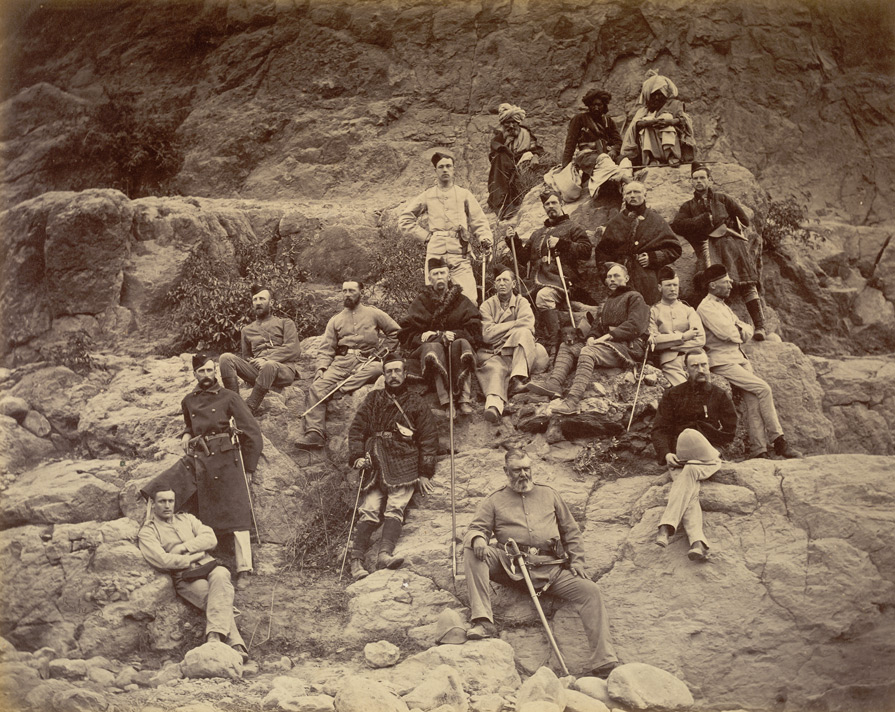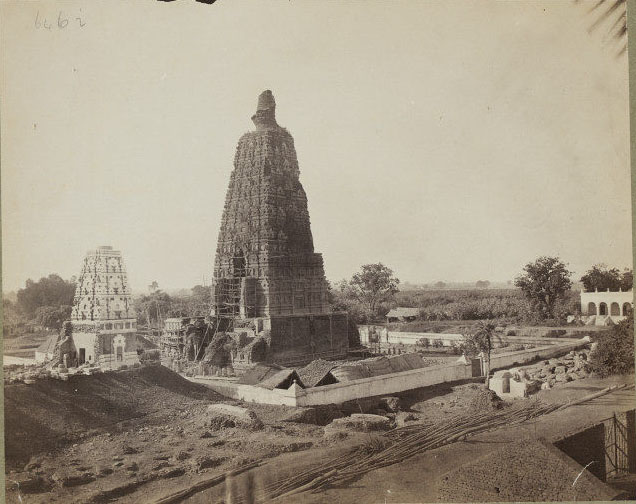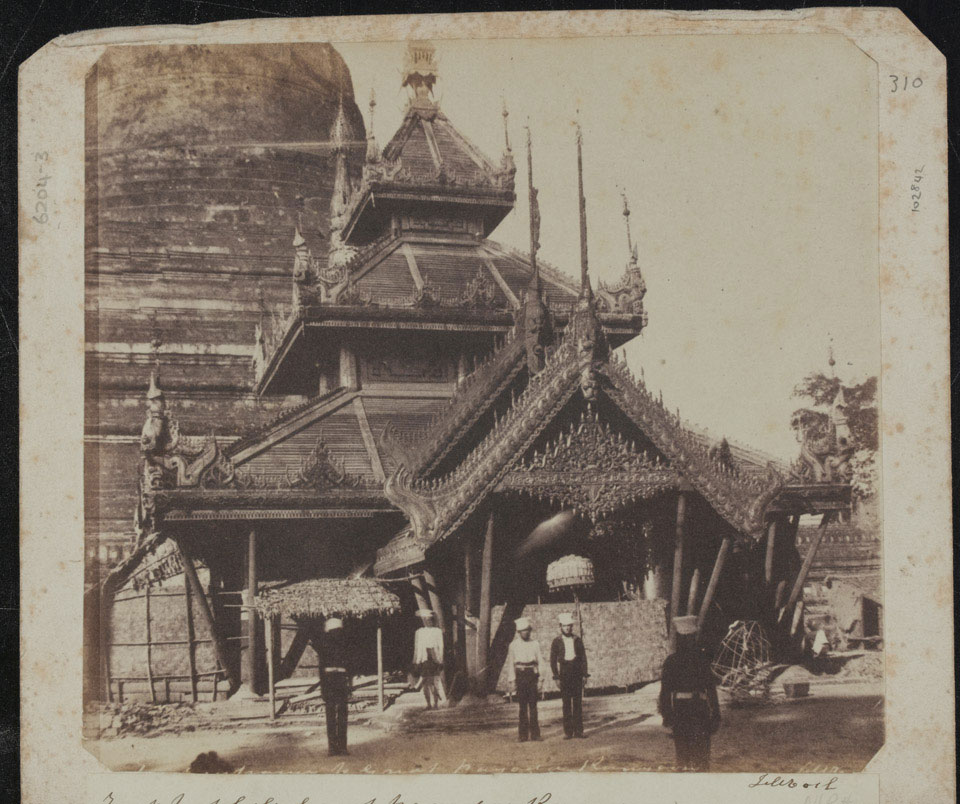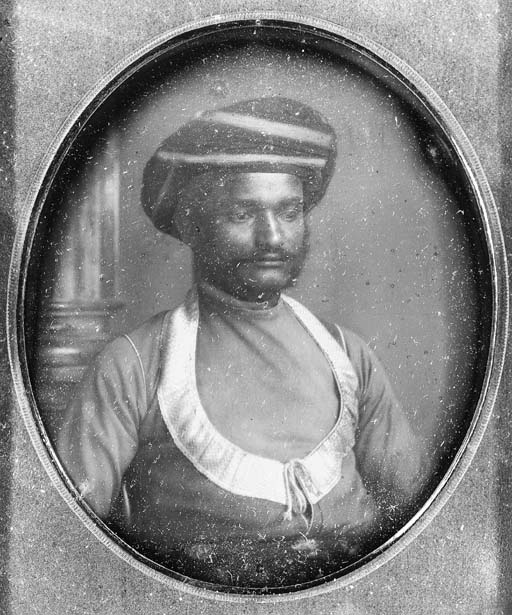John Burke Posing the Afghan Amir Yaqub Khan, 1879.
John Burke (1843 – 1900), landed in India as an Irish young boy from County Wicklow along with his father who had joined Royal Artillery in India. John Burke also joined Royal Artillery after some years as apothecary assistant and thereby learns chemistry skills. Burke had no formal photography training. In 1861 he joined Catholic Irishman, retired sergeant William Baker; a photographer whose studio in Peshawar was well established. He learnt photography by assisting and working with William Baker. Later both joined and formed Baker and Burke Studio (1867 – 70), the successful commercial studio in Peshawar then British India and now Pakistan.
In 1873 Burke left the Baker and Burke Studio and started his own company in the name J. Burke & Co with studios in Peshawar, Rawalpindi, and in Lahore, it continued to operate until his death in 1900.
John Burke is best known for his photographs of the Second Anglo-Afghan War between 1878–1880. He applied for a job in the British Army as an official photographer and was rejected. Despite the refusal, he went off to the war to photograph and document the Second Anglo-Afghan War on his own financial and personal risk.
He traveled to Afghanistan carrying heavy cameras that would have needed transporting on pack animals through mountainous regions. He was working with glass plates and the wet Collodion process, each plate was ten inches by twelve and had to be coated individually with the wet chemicals before each exposure, then exposed and processed before it dried and cracked. Yet the quality of the prints is breathtaking and the level of detail in them is extraordinary.
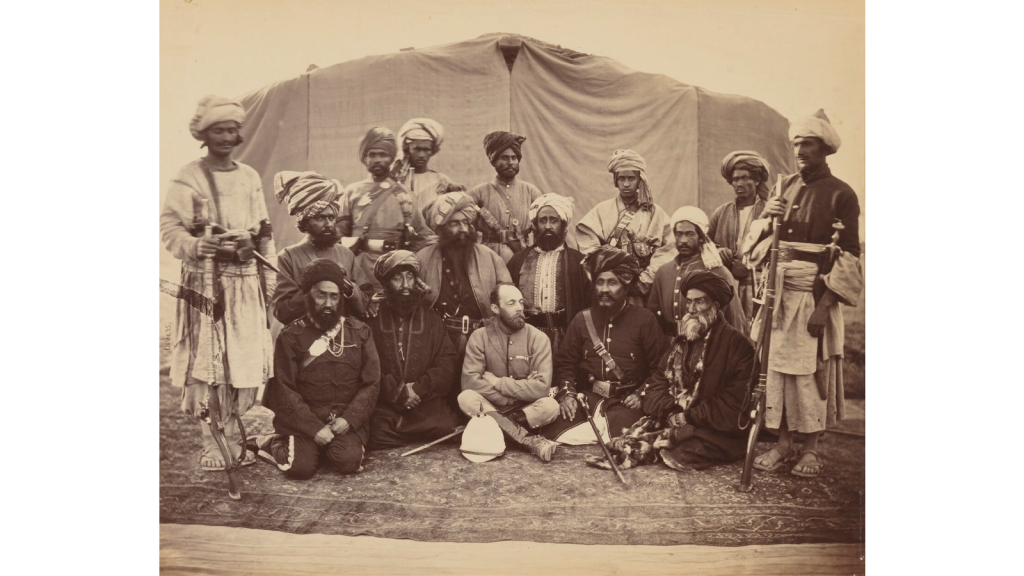
Sir Pierre Louis Napoleon Cavagnari with the Sirdars 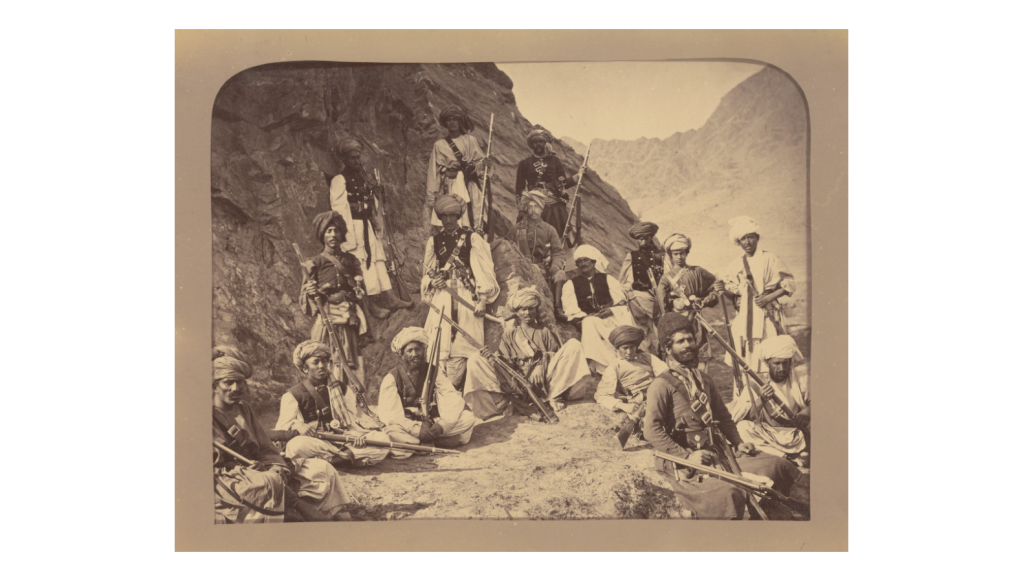
The Khan of Lalpura and followers, with Political officer
The wet plate Collodion process is fascinating, and an extremely slow (around 0.5 ASA) process. The Wet Plate Process is also ‘Orthochromatic‘ which means it sees colour very differently; it is highly sensitive to blue and ultraviolet light and not sensitive to red light. Reds/Oranges are rendered black. Blue objects, like skies, come out white.
All the positives are printed on Albumen coated paper. This is a labour intensive process with a coating of egg white and drying papers and exposing the prints under glass in sunlight to create the image. Burke mastered the art and he was a perfectionist. All prints are all consistent across the albums, in spite of being photographed in different years.
No British photographers witnessed and documented more wars, discoveries, news events and human diversity like John Burke. Among the earliest photographers of Kashmir and Afghanistan, his work dominated commercial photography in Punjab and the North-West Frontier from 1860 to 1900. Until now, no one has been able to piece together his remarkable career.
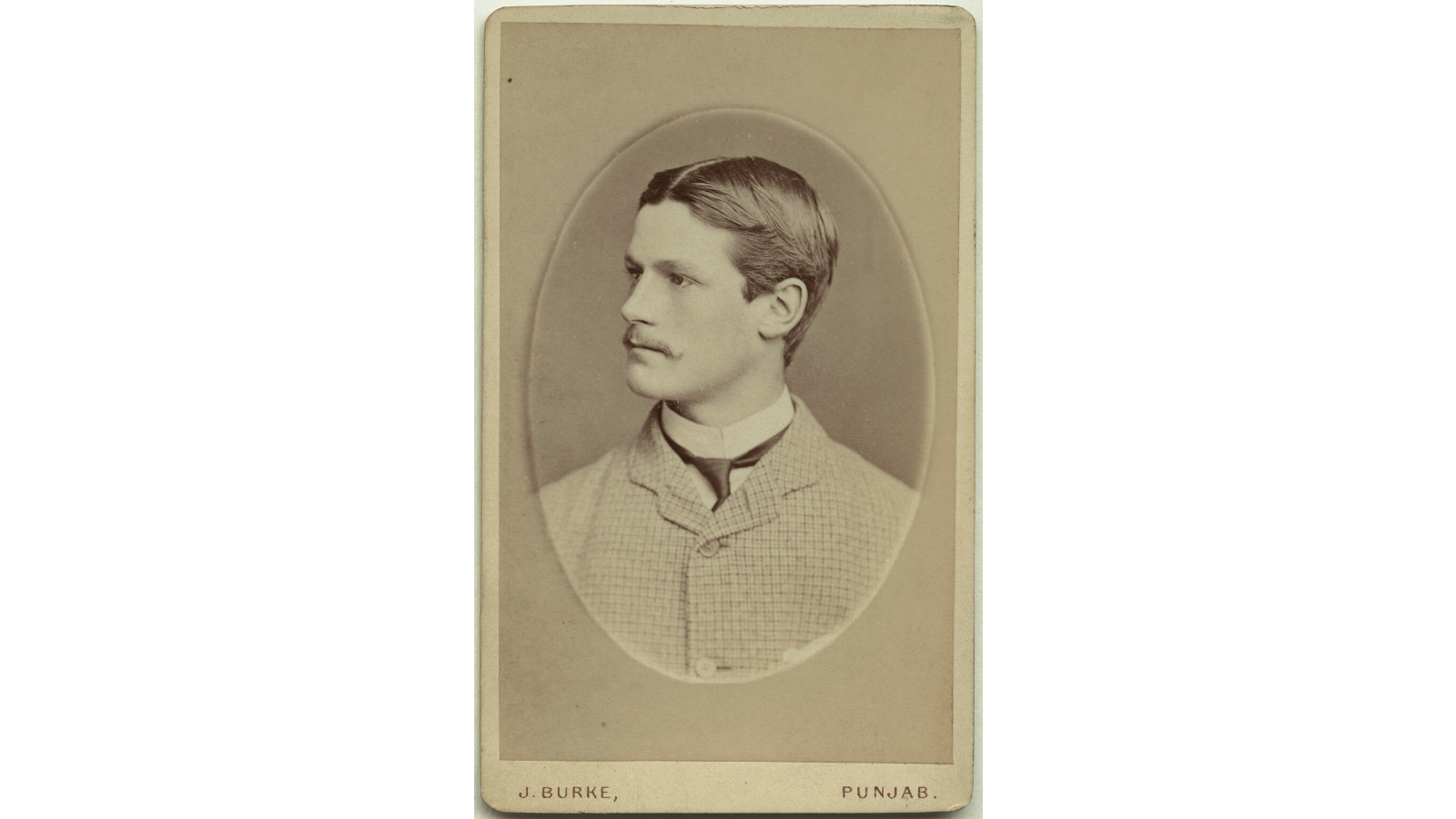
In addition to military subjects, Burke, provided views of landscapes and archaeological sites, as well as a range of subjects from Kashmir to Kabul – Imperial officers and pageants, Bazaars mosques, temples and palaces. He was great at landscapes, groups, single figures, military encampments, reportage, and even news events.
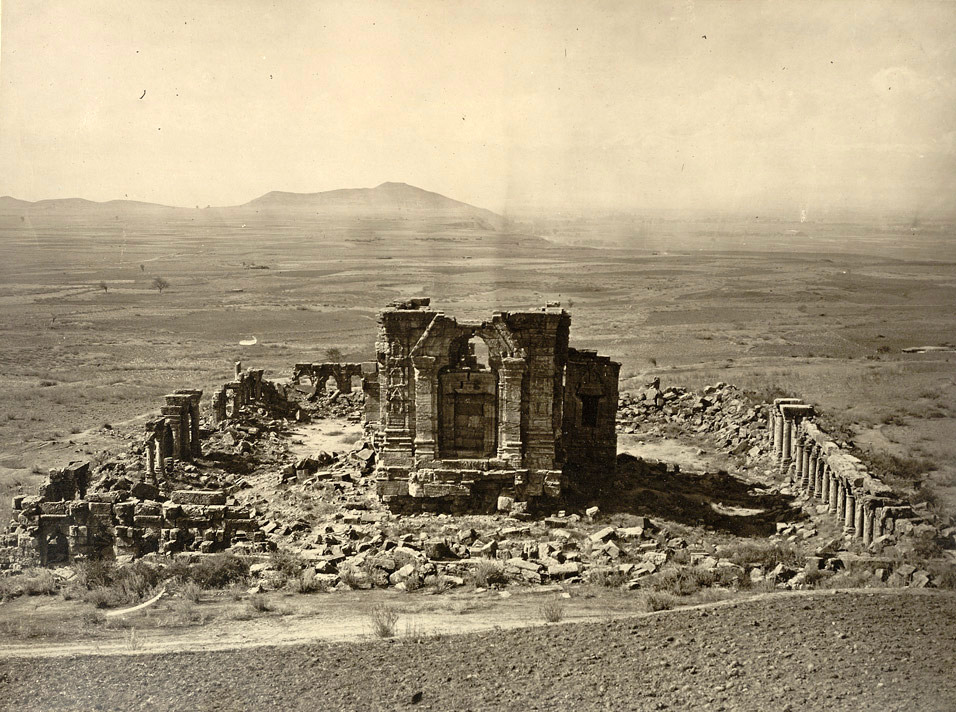
Reference
Encyclopedia of Nineteenth-Century Photography
https://www.bl.uk/
https://www.simonnorfolk.com/burkenorfolk/conversation.html
https://www.npr.org/sections/pictureshow/2010/11/08/131159124/afghanistan
